Hollyhock Pest Control: Are Hollyhock Nematodes Good Or Bad
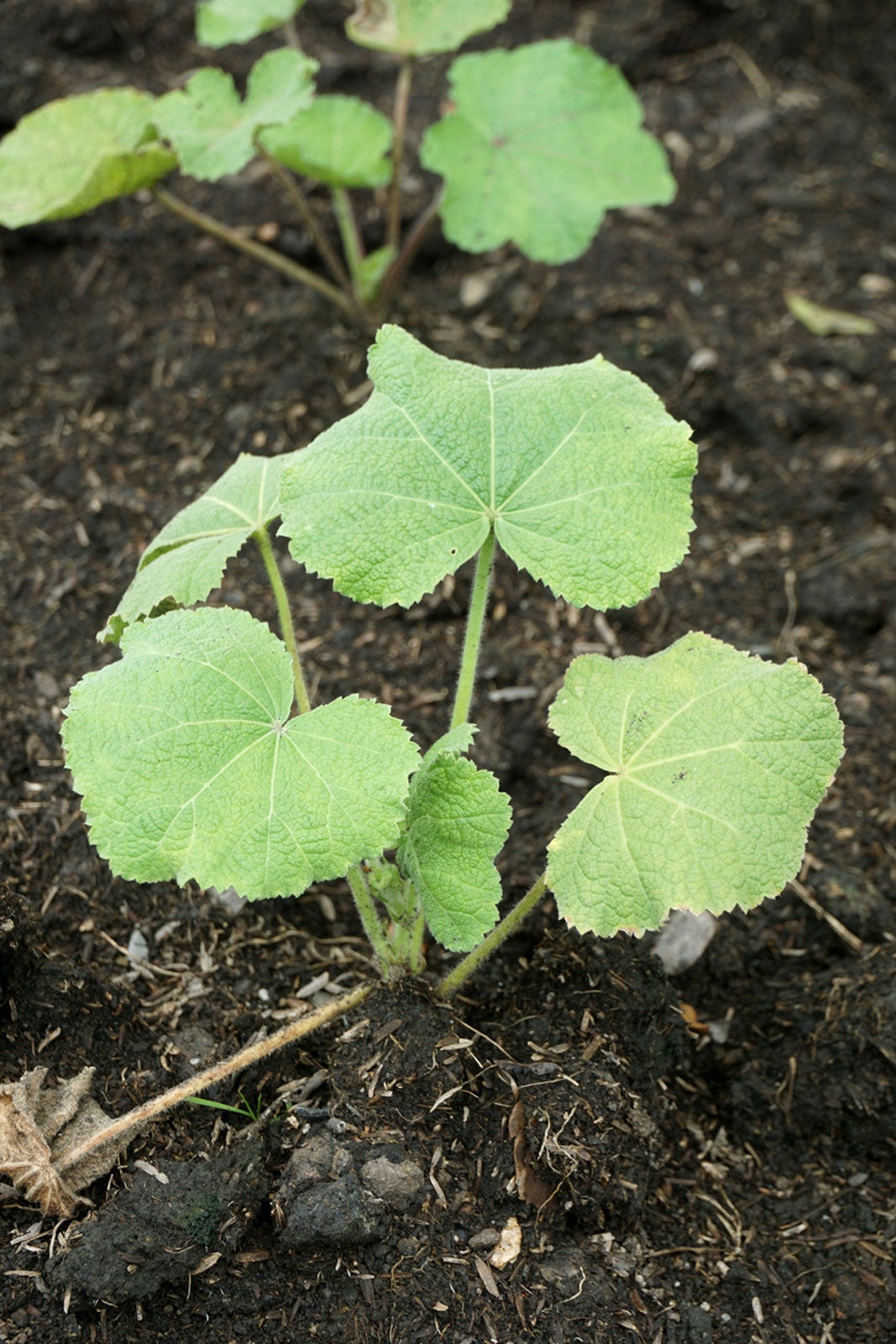

You're envious of other gardener's hollyhocks. Their plants are nearly 6 feet (2 m.) tall with gorgeous blooms in shades of pink, purple, and yellow. Comparatively, your plants are stunted with poor flower production. They wilt easily and look yellowish.
You can't find any signs of bacterial, viral, or fungal infections when you inspect your hollyhock. Pest control sprays haven't helped either. You're not sure why your hollyhocks are failing. Perhaps it's because the trouble lies under the soil. You may have hollyhock nematode problems.
How Do Nematodes Affect Hollyhocks?
Nematodes are tiny parasitic worms that feed on plant roots. They're distributed worldwide and cause problems for commercial growers, greenhouse operators, and the garden hobbyist. These microscopic pests snack on the roots of many types of plant, including cultivated flowers like hollyhocks.
Hollyhock nematode symptoms include poor development and general decline during the growing season. The plant can appear stunted with yellowing or wilting leaves during the day, but recover at night. Digging up and examining the roots of an infected plant can give you the clues you need to suspect the cause is hollyhock nematodes.
As parasitic hollyhock nematodes feed, the roots become knotted with visible galls or root swellings. The appearance of root knots and underdeveloped root structures are classic hollyhock nematode symptoms. Nematode infested roots may also show signs of rotting.
Positive confirmation of a nematode infestation can be made by the Nematode Diagnostic Laboratory. Your local county extension office can help you collect and send a sample for testing for a minimal fee.
Methods for Hollyhock Pest Control
Commercial agricultural operations rely on chemical nematicides to control nematode populations in their fields. Yet, nematicides are very toxic and expensive, making this type of hollyhock pest control impractical for the home gardener.
Gardening tips, videos, info and more delivered right to your inbox!
Sign up for the Gardening Know How newsletter today and receive a free copy of our e-book "How to Grow Delicious Tomatoes".
If you have hollyhock nematode problems, try these tips to reduce populations:
- Choose nematode resistant plants whenever possible. Annual garden vegetables, such as peppers and tomatoes, are susceptible to nematodes. Growing resistant varieties of vegetables can protect your hollyhocks by reducing the population density of nematodes in your yard.
- Rotate where hollyhocks are planted. Hollyhocks are short-lived perennials in USDA zones 3 to 8 and grown as annuals elsewhere.
- Alternate hollyhocks with non-host species or those known to lower nematode numbers. These include broccoli, cauliflower, and some varieties of French marigolds.
- Never move soil from an area infected with nematodes to an uninfected one.
- Practice cleanliness. Nematodes can hitch rides on tools, gloves, pots, and garden equipment, like rototillers.
- Remove dead plants from the garden. Properly dispose of diseased plants.
- Keep flowerbeds and gardens weeded. Nematodes don't discriminate between the roots of undesirable plants and prized specimens.
- Till heavily infected areas often during the winter months to expose the hollyhock nematodes to cold weather.
- Solarize the flowerbeds to reduce and eliminate hollyhock nematode problems.
Finally, healthy plants show fewer signs of nematode damage. Feeding, watering, and proper soil amendment can help your hollyhocks grow into vibrant, colorful, flower specimens that are the envy of other gardeners!

Laura Miller has been gardening all her life. Holding a degree in Biology, Nutrition, and Agriculture, Laura's area of expertise is vegetables, herbs, and all things edible. She lives in Ohio.
-
 8 Perfect Flowers To Plant With Tomatoes To Boost Yields & Banish Pests
8 Perfect Flowers To Plant With Tomatoes To Boost Yields & Banish PestsDon’t forget flowers when choosing companion plants for your tomato beds or pots. These pretty, fragrant blooms add beauty but are also highly beneficial.
By Mary Ellen Ellis
-
 Want The Longest Lasting Hydrangea Flowers? Grow These 8 Panicle Hydrangea Varieties
Want The Longest Lasting Hydrangea Flowers? Grow These 8 Panicle Hydrangea VarietiesFor ornamental shrubs that deliver the longest flowering seasons with plush blooms and delicate hues, these panicle hydrangea varieties are essential in your yard
By Tonya Barnett
-
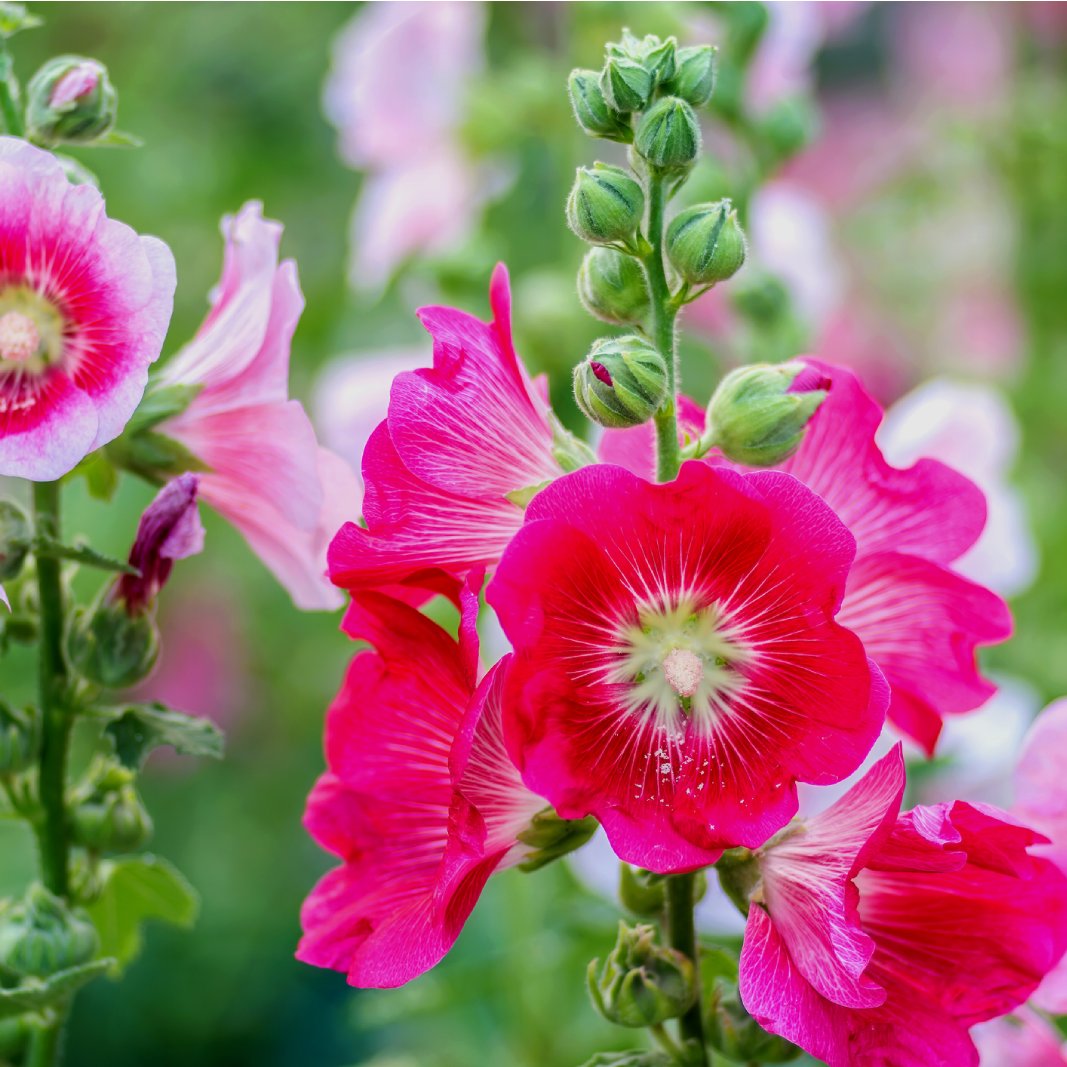 Hollyhock Feeding Made Simple: Fertilizing Hollyhocks For Better Blooms
Hollyhock Feeding Made Simple: Fertilizing Hollyhocks For Better BloomsFertilizing hollyhocks will help these old-fashioned beauties thrive and bloom, adding stately color and height to any ornamental garden.
By Tonya Barnett
-
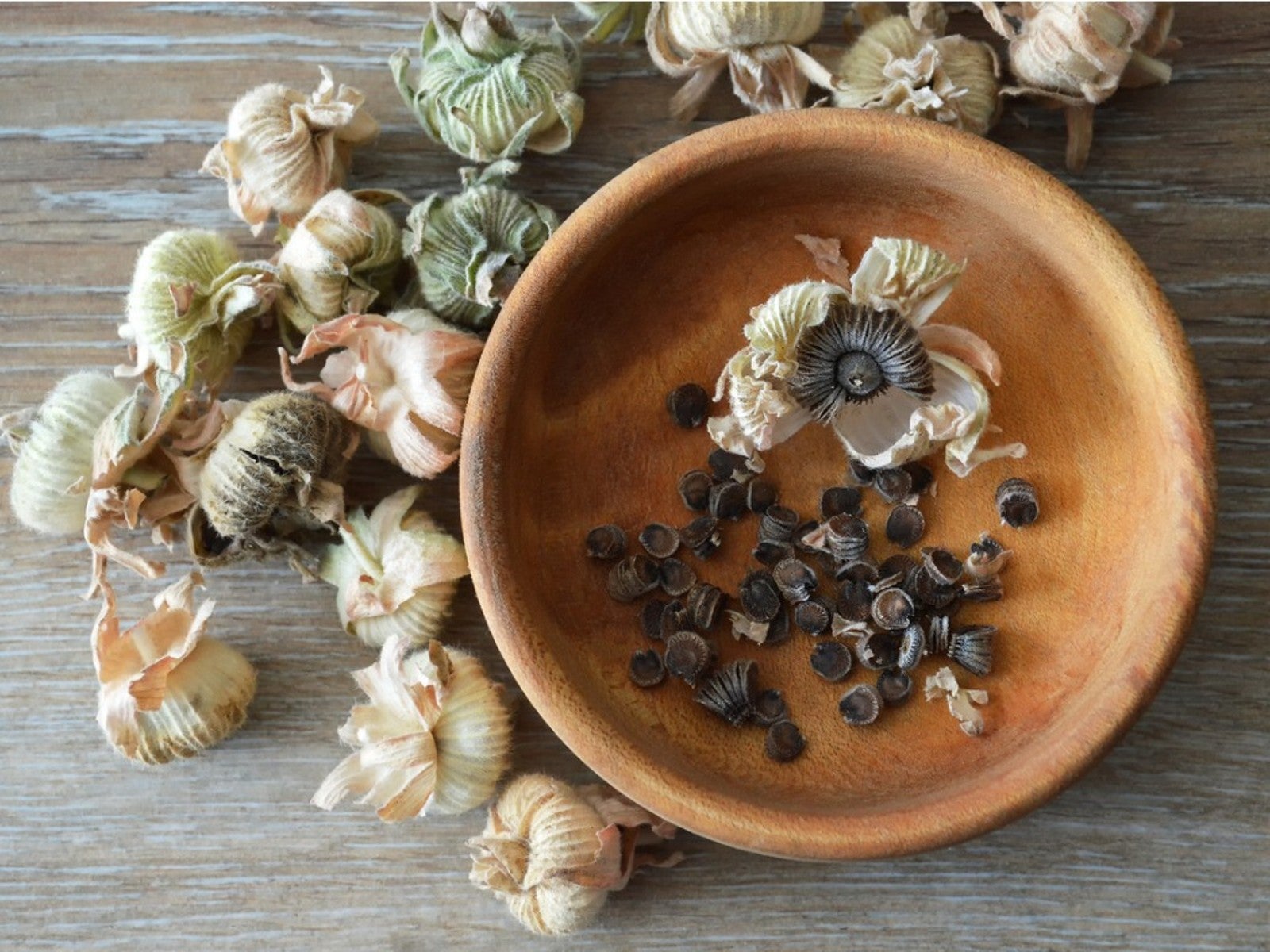 When And How To Harvest Hollyhock Seeds
When And How To Harvest Hollyhock SeedsWant to know how to harvest and collect hollyhock seeds? Click here to learn everything there is to know.
By Tonya Barnett
-
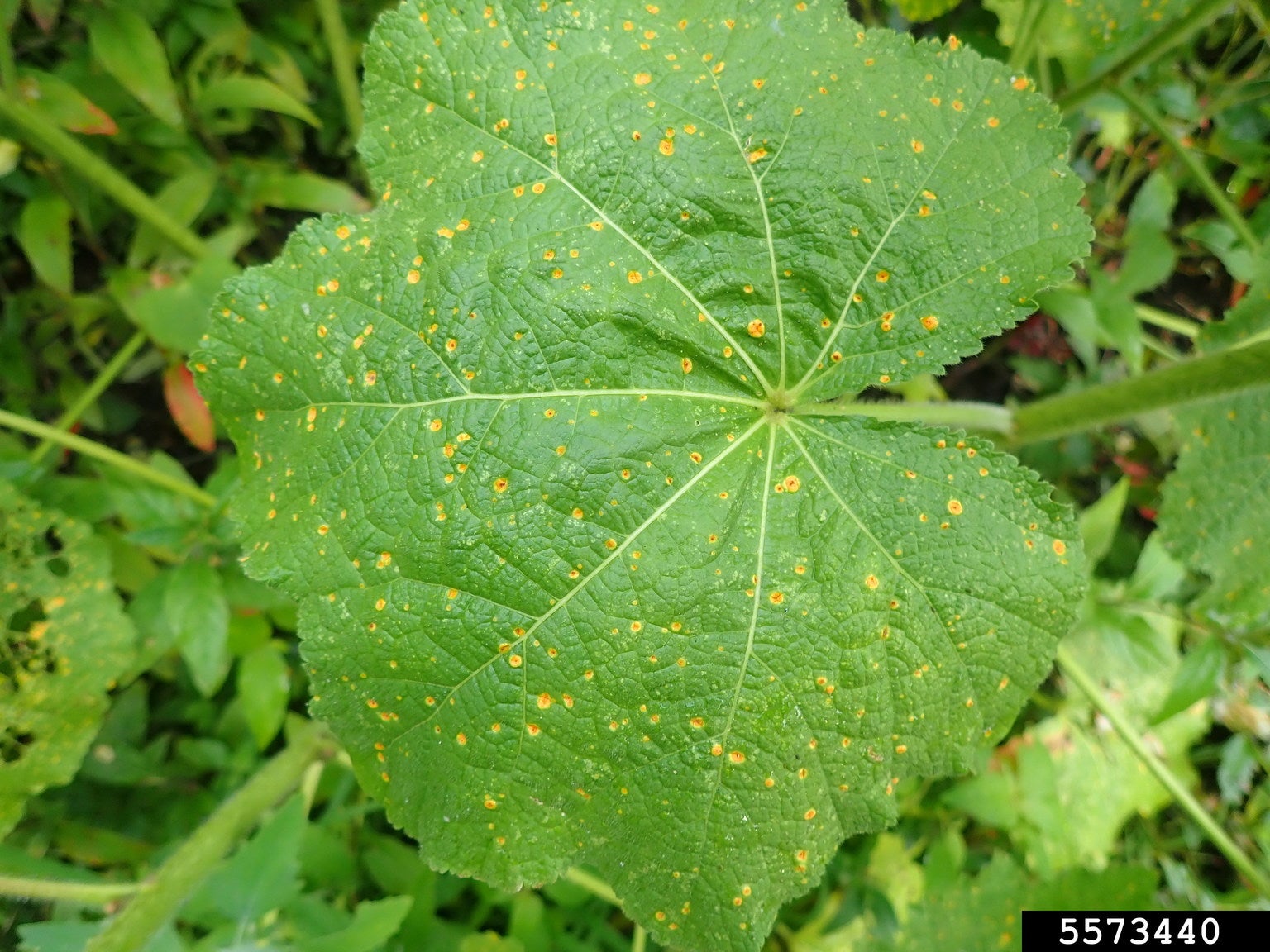 Treating Hollyhock Leaf Spot – Learn About Hollyhock Leaf Spot Control
Treating Hollyhock Leaf Spot – Learn About Hollyhock Leaf Spot ControlHollyhocks can be plagued by leaf spot diseases. Sanitation and proper irrigation generally keep the disease in check. Click here for more info.
By Mary H. Dyer
-
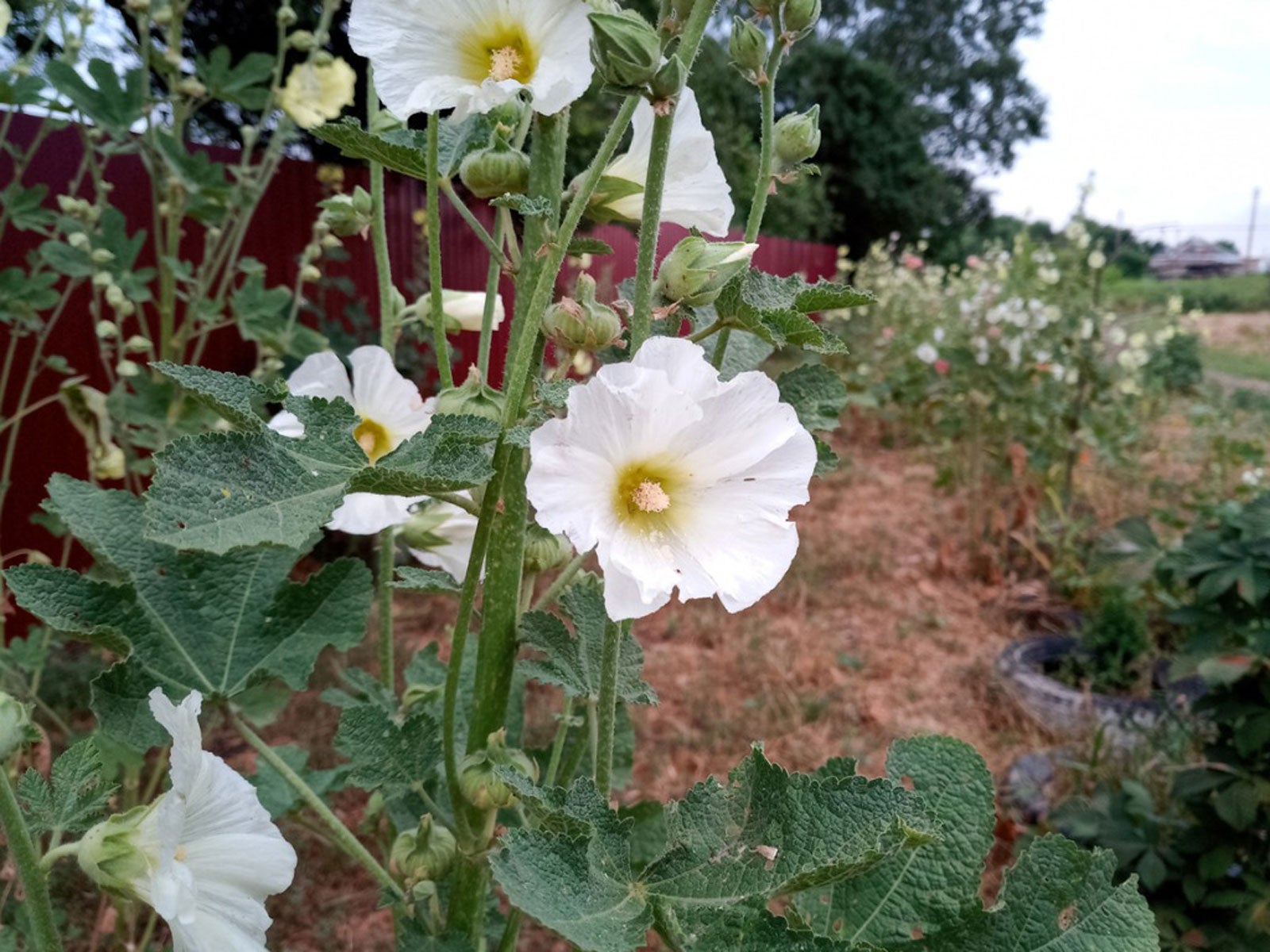 Hollyhock Anthracnose Symptoms: Treating Hollyhock With Anthracnose
Hollyhock Anthracnose Symptoms: Treating Hollyhock With AnthracnoseAnthracnose is one of the most destructive diseases of hollyhock plants. To learn about symptoms and management, click here.
By Mary Ellen Ellis
-
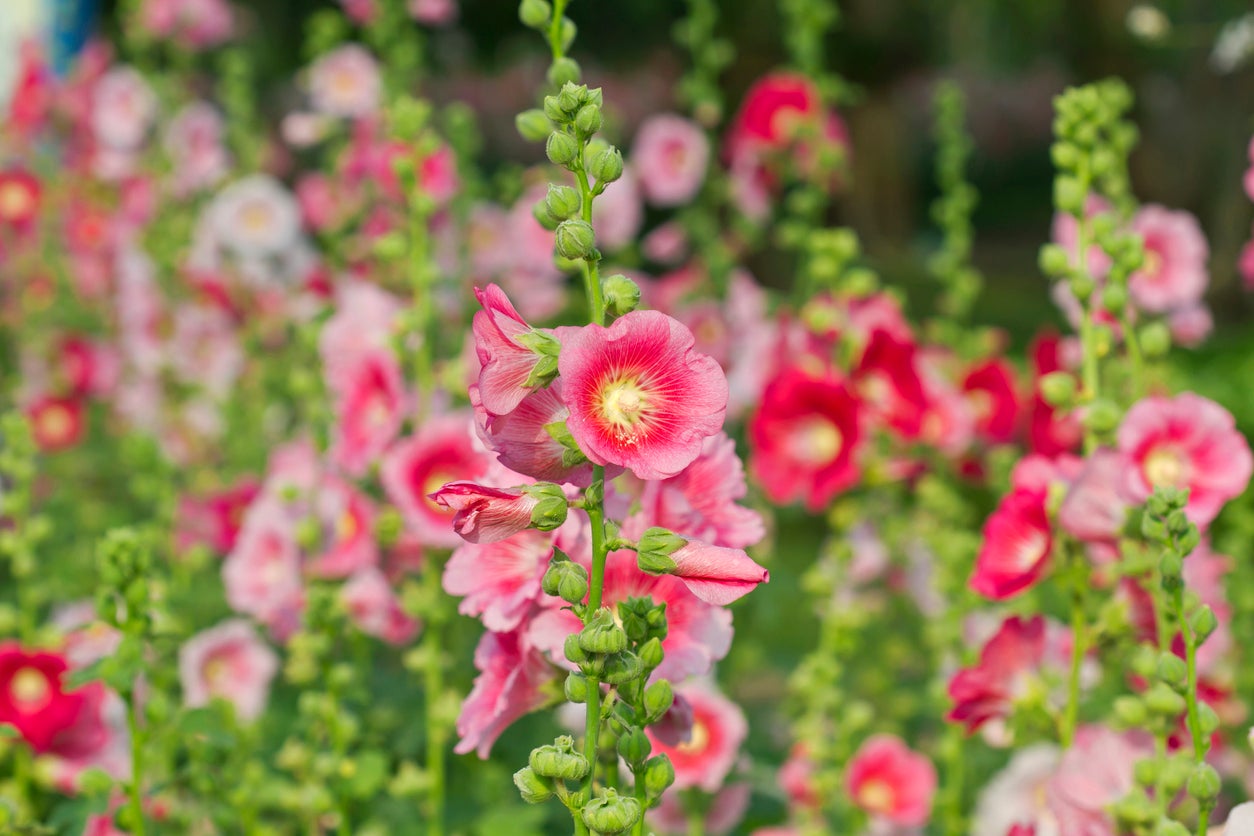 Hollyhock Flower Removal: Do Hollyhocks Need To Be Deadheaded
Hollyhock Flower Removal: Do Hollyhocks Need To Be DeadheadedHollyhocks are the showstoppers of the flower garden with towering blooms. To make the most of these gorgeous flowers, know how best to care for them. Do hollyhocks need to be deadheaded? Yes. Learn more in this article.
By Mary Ellen Ellis
-
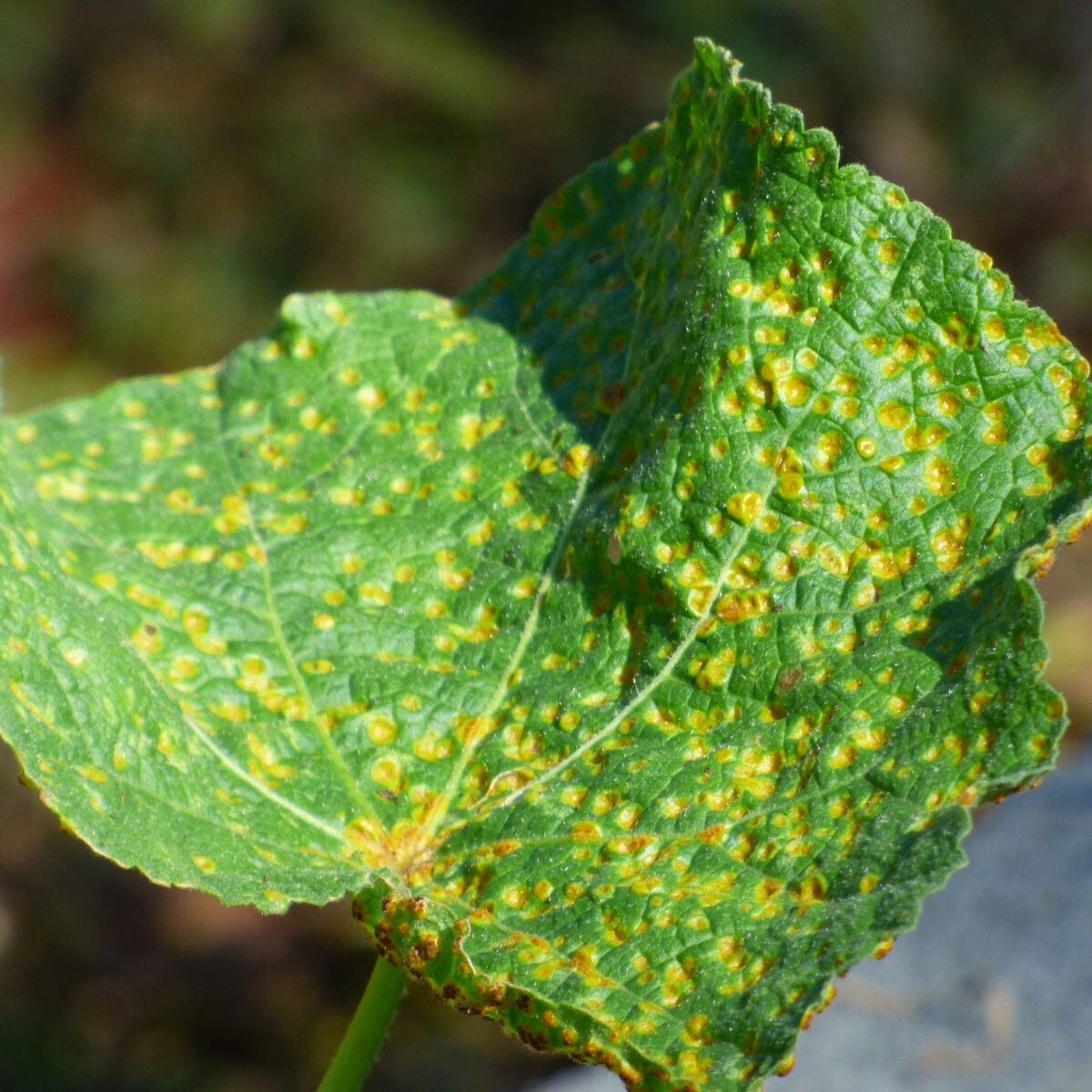 Hollyhock Rust Treatment: How To Control Hollyhock Rust In Gardens
Hollyhock Rust Treatment: How To Control Hollyhock Rust In GardensIf you've ever grown hollyhocks in a hot humid climate, you've probably seen its leaves with yellow spots on top and reddish-brown pustules on the undersides that indicate hollyhock rust. Find out how to control hollyhock rust in this article.
By Jackie Carroll
-
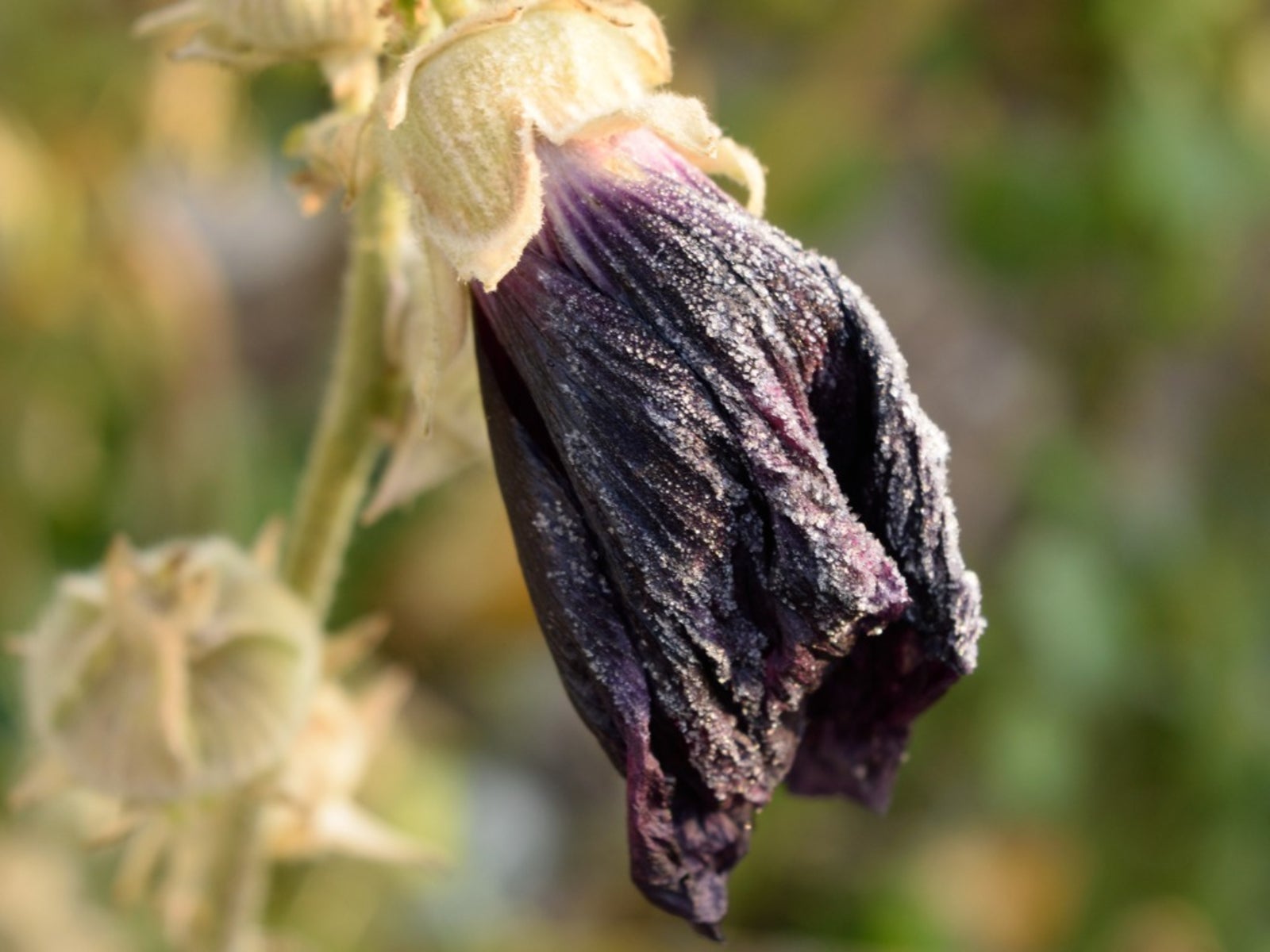 Hollyhock In Winter: How To Winterize Hollyhock Plants
Hollyhock In Winter: How To Winterize Hollyhock PlantsHollyhocks die back in winter, but you still need to protect the roots. Discover how to winterize hollyhock in this article so you can continue to enjoy their blooms next season.
By Bonnie L. Grant
-
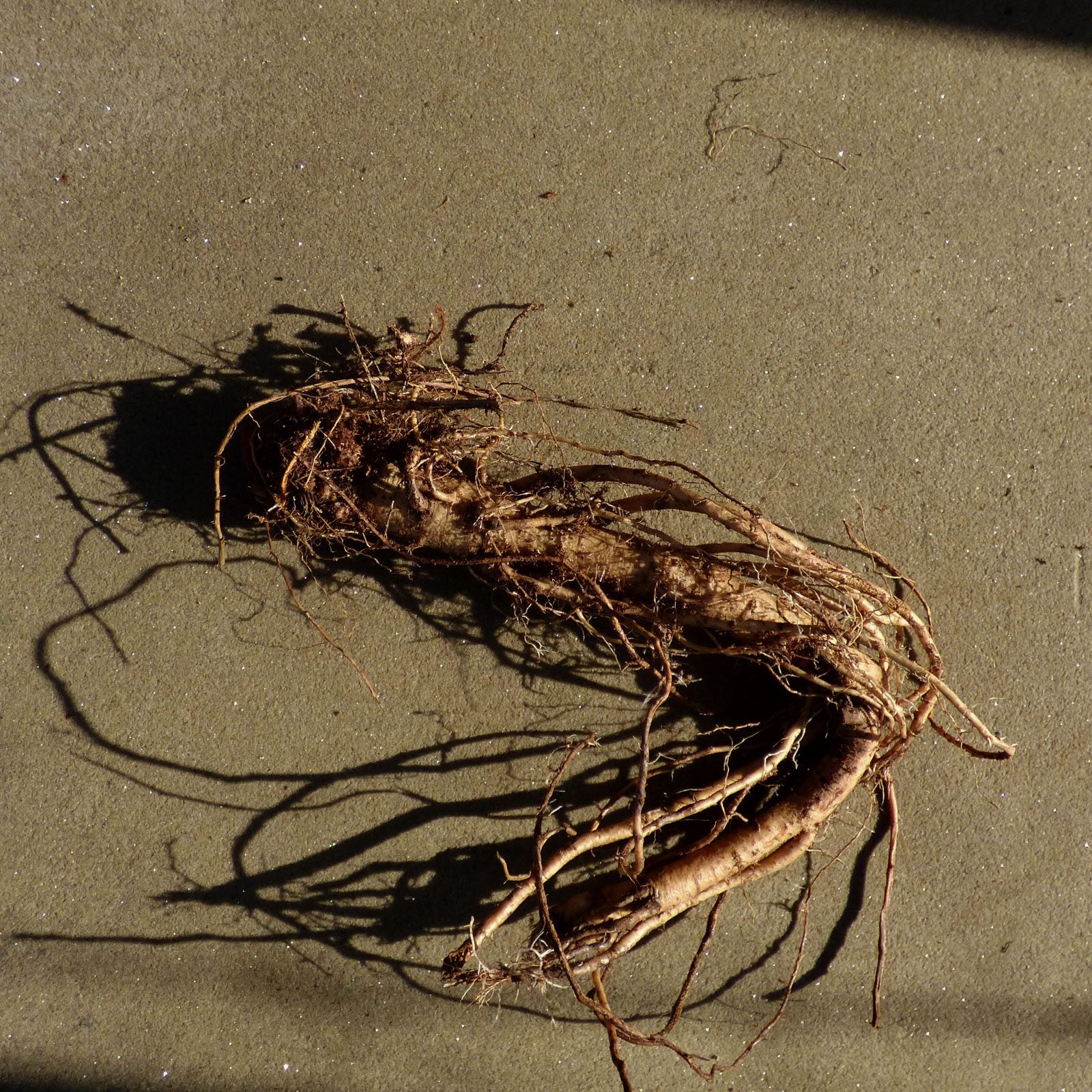 Bare Root Hollyhock Plants: Tips For Planting Hollyhock Roots
Bare Root Hollyhock Plants: Tips For Planting Hollyhock RootsGrowing hollyhocks in a sunny garden makes a statement. Planting hollyhock roots is the best way to start this large and attractive flower. Get tips on how to grow bare root hollyhocks in this article.
By Becca Badgett